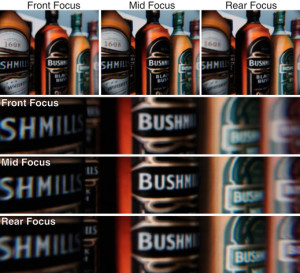How to Stop Virtual Reality from Making You Want to Puke
 Stanford researchers are building a light field stereoscope in hopes of making it easier to add realistic focus cues to virtual reality.
Stanford researchers are building a light field stereoscope in hopes of making it easier to add realistic focus cues to virtual reality.
I can focus on the different parts of the images at different depths as I would when gazing at something in real life, so when I look at, say, the chess pieces up close, those in the background look fuzzy, and vice versa when I focus on the pieces in the distance. And I don’t feel nauseous or dizzy like I sometimes do when I’m playing around with virtual reality, especially when looking at objects that are close to my face.
This conflict is what Wetzstein, an assistant professor of electrical engineering, and other researchers at Stanford are trying to solve with the headset I tried on, which they call a light field stereoscope—essentially, a device that uses a stack of two LCDs to show each eye a “light field” that makes virtual images look more natural than they typically do.
In hopes of making the stereoscopic virtual-reality experience more like what you see in real life, the Stanford researchers built a headset that contains two LCDs placed one in front of the other, with a backlight behind them, a spacer between them, and lenses in front of them. It’s connected to a computer that runs software necessary for the system to work.
The computer starts with a 3-D model, which the researchers’ software renders for each eye as a light field—in this case, Wetzstein says, it’s a five-by-five grid of slightly different 2-D images of the model, so 25 images in total for each individual eye. An algorithm uses the light fields to generate two images for each eye, and, for each eye, one of these images is shown on the rear LCD in the headset, while the other is shown on the front LCD. The images enter your pupils and are projected on your retinas.
What you see, Wetzstein says, is an approximation of the light field that’s being optically generated, which your eyes can freely move around and focus on where they want in virtual space.
A paper about the work will be presented in August at the Siggraph computer graphics and interaction conference in Los Angeles.
See the full story here: http://www.technologyreview.com/news/538976/how-to-stop-virtual-reality-from-making-you-want-to-puke/
See the Siggraph paper here: http://www.computationalimaging.org/publications/the-light-field-stereoscope/
Pages
- About Philip Lelyveld
- Mark and Addie Lelyveld Biographies
- Presentations and articles
- Tufts Alumni Bio